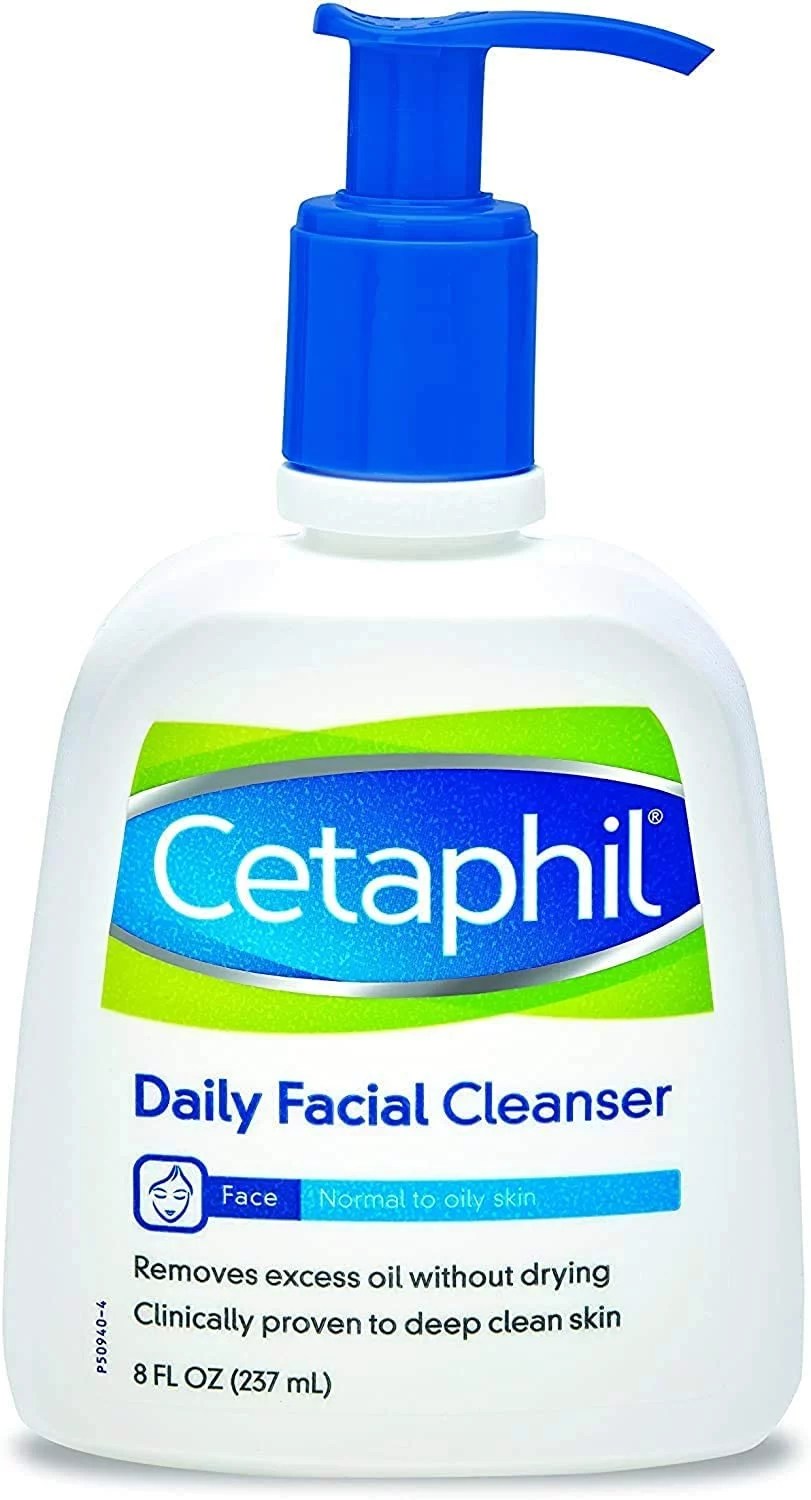Washing your face is a pretty basic task, but it’s one that requires a bit of know-how to get the most out of the experience. According to Christina Huang, MD, chief dermatology resident at the University of Toronto, if you don’t emulsify your cleanser before you rub it on your face, you’re not getting your face nearly as clean as you think.
“Emulsification is when you mix two different ingredients,” says Dr. Huang. “With facial cleansers, you’re mixing a gel-based or an oil-based cleanser with water, and that makes it have that foamy texture. And, of course, that emulsification process improves the cleaner’s effectiveness and enhances the distribution of active ingredients.”
@drchristinahuang #duet with @Skincare Stan #SkinCare ARE YOU CLEANSING YOUR FACE PROPERLY? Did you know there is a CORRECT way to clean your face using gel cleansers? If you are not EMULSIFYING your gel cleanser prior to use, you may not be getting maximal benefits! #gelcleaner #facialcleanser #depologypartner #depology #skincare #cleanserforacneskin ♬ original sound – Skincare Stan
To properly emulsify, wet your hands and mix a drop of cleanser between your palms for a few seconds. “Do it until it becomes that kind of creamy, thick texture, for five to 10 seconds, maybe 20 seconds,” says Dr. Huang. Doing this allows you to get a more comprehensive cleanse.
“When the cleanser is emulsified, that texture can penetrate deeper into the pores and provide a more thorough cleaning experience,” says Dr. Huang. “Because it’s emulsified, it will pick up water better, so therefore, when you’re rinsing it off, it can also be cleaned off and rinsed off more easily so you don’t leave any debris from your cleansers or anything else you’re applying on your face that can further contribute to acne, breakouts, and pimples.”
Although you’re getting a deeper cleanse, emulsifying your cleanser also makes it gentler on your skin. “The emulsification process makes the product softer, so it’s more gentle on the skin, and it’s easier to spread so you can avoid harsh irritation and pulling on the skin, which of course, we want to avoid,” she says.
Once your cleanser is nice and foamy, rub it all over, to ensure you cover all your bases. “Make sure you have all of the areas covered, including the forehead, T-zone area, and chin—and I also tell everyone to make sure you wash off your neck as well,” she says. “That’s an area that’s commonly forgotten, but there’s a lot of makeup, perfume, or other debris that’s also on your neck.” She adds that you should wash your face twice a day.
Bonus? “Because of the texture, emulsifying your cleanser provides a more luxurious experience on the skin,” says Dr. Huang.
Emulsify a favorite gel or oil-based cleanser from your collection, or switch things up with one of Dr. Huang’s go-to’s.

Cetaphil, Daily Facial Cleanser — $10.00
She’s also a huge fan of this cleanser from Cetaphil that’s designed for normal to oily skin. “It’s at a great price point and it’s good for sensitive skin,” she says.

Bioderma, Sensibio Foaming Gel — $10.00
Last but not least, Dr. Huang loves this cleanser that uses micelles and a coconut-oil-derived surfactant to gently lift away makeup and other debris and glyceryl oleate (a mix of glycerin and oleic acid) to nourish and moisturize. “It’s also great for sensitive and reactive skin,” she says.
Our editors independently select these products. Making a purchase through our links may earn Well+Good a commission.

